Metrology: The Science of Measurement and how it has shaped the course of History #1.
Good day, my fellow Steemian. It's a great privilege for me to be writing on this wonderful platform once again. Thanks for the comments and upvotes. Today I'll be writing on the science of measurement and the great impact it had on science and how it shaped the course of history. Because, according to a prominent Oxford Mathematician, Prof. Marcus du Sautoy in one of his numerous book The Story of Math, The Code, he said:
"Measurement is the key to understanding our place in the universe"source
So, relax and follow me as I try to make us understand our place in the universe through the science of measurements.
Introduction
Everything in life (science inclusive) is based on measurements and comparisons and the idea of measuring things is as old as humanity itself. Our forefathers were the one that first started measurement. They did measure by counting the passing of the seasons. This great idea was further worked on and has helped us to understand more about our world. But, nevertheless, a question still lingers and that is what exactly inspires us and gives us that strong desire to get the best possible accuracy out of our measurement? This question is so great that it continues to haunt the brilliant minds of their day till now. And just like I wrote that everything is based on measurement, so, it will be necessary to have some laid down rules serving to guide us on how those things are measured and experiments to prove the units for the measurements.
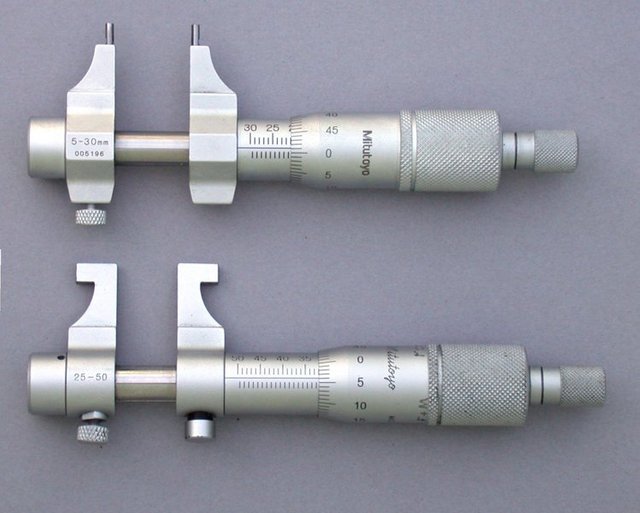
Photographed by: Glenn McKechnie, CC BY-SA 2.0
One of the motives of physics and engineering is to plan and carry out those experiments meant to prove the units of measurement.
Author: USAF, public domain
Taking, for instance, physicists make great effort to develop clocks of utmost precision in terms of being accurate so that no matter how little a difference in a time interval, it can be correctly measured. We may start to wonder whether all these efforts are actually necessary or worthwhile. But, without deceiving you, those efforts are very important, necessary and worthwhile because, without them, the Global Positioning System (GPS); a very important device in locating position and distance would have been useless.
Metrology; the Science of measuring things
Metrology, is derived from a Greek word "metron" meaning "measure" and "logos" meaning "study", which simply translates to the scientific study of measuring thingssource.
And according to Wikipedia:
Metrology gives a basic understanding of the units of measuring which man use in his day-to-day activities. The science of modern measurement can be traced back to the French during one of their political revolutions meant to find a lasting solution to units that will be generally accepted in the country and the outcome yielded the decimal-based metric system in the year 1795. This french metric system was widely accepted among various countries for so many years till the year 1960 when the International System of Units (SI units) was established at the 11th General Conference on Weights and Measures (CGPM) and it's still the method in existence till date.source
Physics was discovered by studying how to determine or measure the quantities involved in it. Quantities such as the length, mass, time, pressure, temperature, and electric current. Each of the listed physical quantities can now be measured in its units by comparing them with a standard. The unit is a quantity taken as a standard by which other quantities may be expressed. Simply put, It's a unique name designated to measures of the quantities in physics. An example is a meter (m) which is the unit for the quantity length. It is a standard that has a close similarity to 1.0 unit of the quantity. We all know either from high school or probably from this post that a meter is the standard unit for length but has it ever occurred to us on how the name got to being and what exactly is meant by the name or what yardstick was used to determine the quantity as 1 unit of length?
Photographed by: Glenn McKechie, CC BY-SA 2.0
So, a meter; which is also the standard for length is the distance it takes a light to travel in a vacuum during a certain amount of time in seconds. Although, we can give the meaning to a unit and its standard as we feel like but it is very crucial to do it in such a way that will be reasonable and experiential to the scientists around the world.
If under any circumstance, we have structured or adopted a standard for, let's take length, for instance, then we must be able to formulate a method by which if any length is taken -whether it is the distance to the moon or the radius of a car wheel- can be expressed in terms of our new standard. A ruler is an example of a method that follows such type of procedure for measuring length, but it can't be used to measure the radius of an atom or the distance to the moon.
There are numerous physical quantities and would have posed a huge problem in arranging them, but as luck would have it are not all independent or free. Taking density as an example, it is the ratio of a mass to a (cube of) length. Thus, we extract some little number of physical quantities such as mass and length and allot standards to them alone. We then describe all other physical quantities in terms of these fundamental quantities and their standard (called fundamental standards). Density, for instance, is defined in terms of the fundamental quantities of mass and length and their fundamental standards.
A fundamental quantity is a quantity that must be both available and unchanging; more like a constant. It is from these basic quantities other quantities (called the derived quantities) are obtained. Let's assume we describe the length standard as the distance between one's shoulder and the wrist on an outstretched arm, though it's an obtainable standard but will surely vary from one individual to another. So, the insistent request for exactness and accuracy in science and engineering can't be overemphasized and has thus pushed us to first focus on the consistency and unchanging nature of a standard. Then, great effort can then be employed to make replicas of those basic standards that are available to those that need them.
The International System of Units
Author: Own work, public domain
At the 14th General Conference on Weights and Measures (CGPM) which held in France in the year 1971, it was unanimously agreed upon to pick seven quantities as basic or fundamental quantities to form the foundation of the International System of Units, (i.e SI units) also known as the metric system.
A table below is showing the units for the three most common fundamental quantities; that is the length, time, and mass.
| Quantity | Unit name | Unit symbol |
|---|---|---|
| Length | meter | m |
| Time | second | s |
| Mass | kilogram | kg |
Many SI derived units are obtained from these basic units. For example, the SI unit for Work, called the Joule (J), is defined in terms of the basic units for length, mass, and time.
Thus,
1 Joule = 1 J = 1 kg . m2/s2,
where the group of unit symbols is recited as kilogram-meter squared per second squared. To express (in multiples and sub-multiples) the quantities we mostly encounter in the day-to-day physics calculation, we use the scientific notation, which makes use of the powers of 10. That is:
9 850 000 000 000 kg = 9.85 × 1012 kg and 0.00000000634 s = 6.34 × 10-9 s
Scientific notation on computers display on a more compact and condensed look, i.e 9.85 E12 and 6.34 E–9, where E stands for exponent i.e power of ten. It looks even more condensed on some calculators, where the exponent is substituted for an empty space. In order to make our operation with both large and small measurements easier, we can make use of the prefixes in the table below. As we can see that each prefix depicts a certain power of 10 which is to be applied as a multiplication factor. So, assigning a prefix to an SI unit will have the effect of multiplying by the correlated factor. Thus, a certain work done can be expressed as:
3.83 × 1012 = 3.83 terajoules = 3.83 TJ
or a certain time gap as:
7.25 × 10-6 = 7.25 microseconds = 7.25 μs
We are often used to some prefixes such as the millimeter, centiliter, kilowatt, megabyte, and gigabyte amongst others. But, below is a comprehensive table for those other prefixes we are probably not that familiar with.
| Factor | Prefix | Symbol | Factor | Prefix | Symbol |
|---|---|---|---|---|---|
| 1024 | yotta- | Y | 10-1 | deci- | d |
| 1021 | zetta- | Z | 10-2 | centi- | c |
| 1018 | exa- | E | 10-3 | milli- | m |
| 1015 | peta- | P | 10-6 | micro- | μ |
| 1012 | tera- | T | 10-9 | nano- | n |
| 109 | giga- | G | 10-12 | pico- | p |
| 106 | mega- | M | 10-15 | femto- | f |
| 103 | kilo- | k | 10-18 | atto- | a |
| 102 | hecto- | h | 10-21 | zepto- | z |
| 101 | deka- | da | 10-24 | yocto- | y |
Conclusively.......
I would say that metrology; the science of measurement came to really help humans to reduce the disorder, confusion, and complications of the world to just seven fundamental units of measurement which are basically the foundations of modern science.
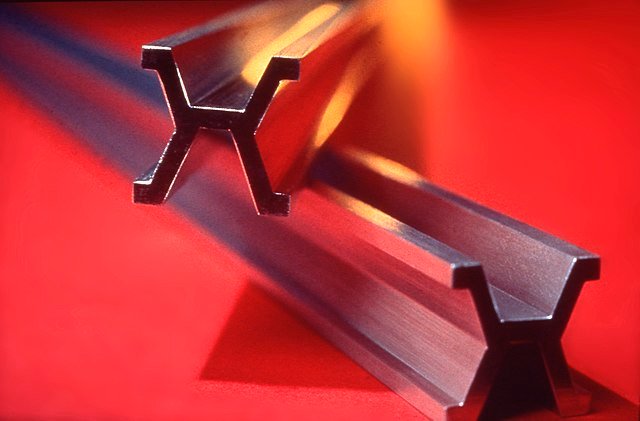
Source: NIST website, Author: unknown, public domain
In my next write-up, I'll be discussing more on the genesis of length and how meter came to be defined as the distance between two lines on a platinum-iridium bar, how mass came about to be the weight of a platinum-iridium cylinder and the concept of time as being measured as the time taken for the oscillation of light emitted by a Caesium atom and also on how to change the units of one physical quantity to another.
Thanks for the time in reading.
References
- Professor Marcus du Sautoy
- Metrology
- What is Metrology?
- Science of measurement
- Definition of measurement
- General Conference on Weights and Measure
- Measurement-Introduction
- International System of Units
- Fundamentals of Physics
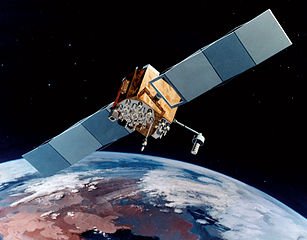
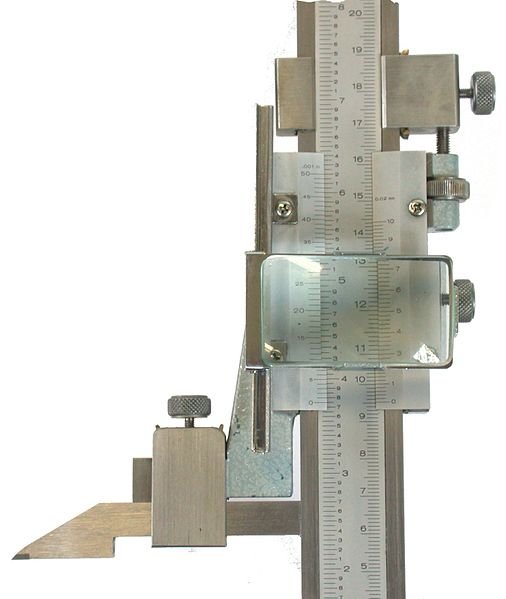
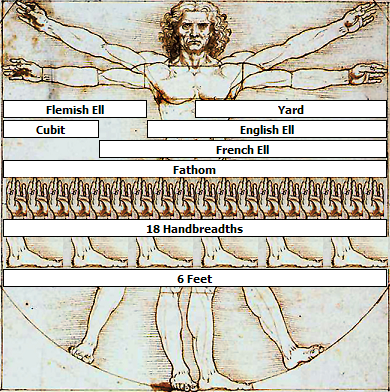



Your post has been selected as #adsactlyspostoftheday :)
Join us in our Discord channel here to drop your post in our post promotion page, and make sure to use the @adsactly tag in the post itself.
Hi, @adsactly-witness!
Thanks, for finding my post worthwhile to be selected as your #adsactlyspostoftheday
I read the title as "metorology" initially until I read the content. I like the simplicity of the article and would pass as a good lecture note for general science
Oh! U're right. The two terms are though similar, but there is a significant difference in their meaning. "Meteorology" is the scientific study of atmospheric phenomena while "metrology" is the scientific study of measurement. I'm glad though that you later got the difference in the content of the post.
Thanks for coming by and the comment, I really appreciate sire.
Congratulations! This post has been upvoted from the communal account, @minnowsupport, by emperorhassy from the Minnow Support Project. It's a witness project run by aggroed, ausbitbank, teamsteem, someguy123, neoxian, followbtcnews, and netuoso. The goal is to help Steemit grow by supporting Minnows. Please find us at the Peace, Abundance, and Liberty Network (PALnet) Discord Channel. It's a completely public and open space to all members of the Steemit community who voluntarily choose to be there.
If you would like to delegate to the Minnow Support Project you can do so by clicking on the following links: 50SP, 100SP, 250SP, 500SP, 1000SP, 5000SP.
Be sure to leave at least 50SP undelegated on your account.
This post has been voted on by the steemstem curation team and voting trail.
There is more to SteemSTEM than just writing posts, check here for some more tips on being a community member. You can also join our discord here to get to know the rest of the community!
Congratulations @emperorhassy! You have completed the following achievement on Steemit and have been rewarded with new badge(s) :
Click on the badge to view your Board of Honor.
If you no longer want to receive notifications, reply to this comment with the word
STOPCongratulations @emperorhassy! You have completed the following achievement on Steemit and have been rewarded with new badge(s) :
Click on the badge to view your Board of Honor.
If you no longer want to receive notifications, reply to this comment with the word
STOPHi @emperorhassy!
Your post was upvoted by utopian.io in cooperation with steemstem - supporting knowledge, innovation and technological advancement on the Steem Blockchain.
Contribute to Open Source with utopian.io
Learn how to contribute on our website and join the new open source economy.
Want to chat? Join the Utopian Community on Discord https://discord.gg/h52nFrV
Resteemed your article. This article was resteemed because you are part of the New Steemians project. You can learn more about it here: https://steemit.com/introduceyourself/@gaman/new-steemians-project-launch